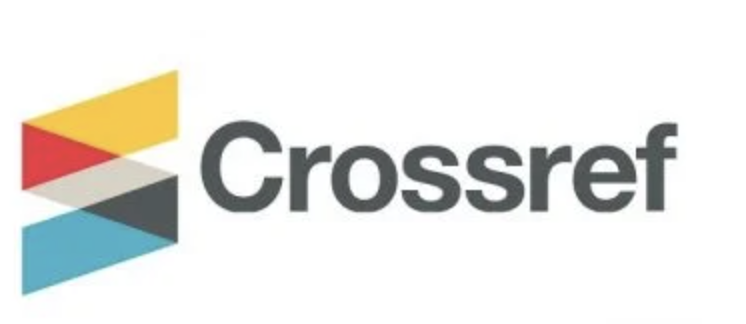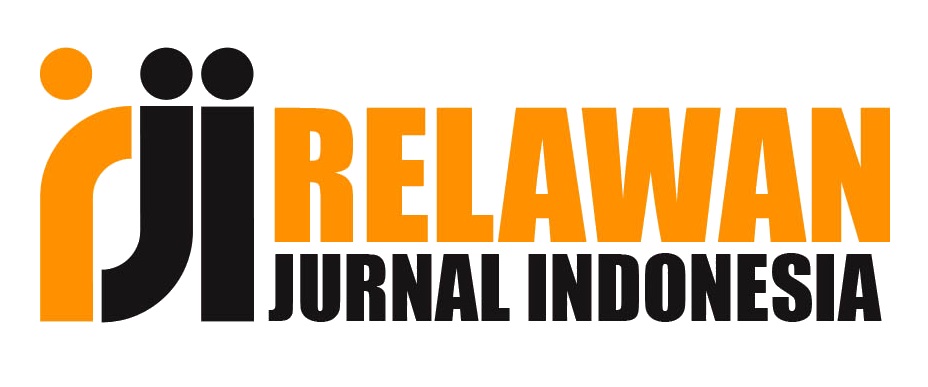Exploring Deixis in Taylor Swift's Song 'Cardigan': A Descriptive Qualitative Analysis
DOI:
https://doi.org/10.63324/lec.1.1.4Keywords:
deixis, pragmatics, song lyrics, qualitative research, Taylor SwiftAbstract
This study explores the use of deixis—a pragmatic linguistic concept of context-dependent expressions—in Taylor Swift's song "Cardigan." Utilizing a descriptive qualitative research design, the analysis categorizes deictic expressions in the lyrics into five types: personal, spatial, temporal, social, and discourse deixis. Personal deixis, represented by pronouns like "I," "you," and "we," establishes a sense of intimacy and emotional engagement by drawing listeners into the narrative. Spatial deixis, such as "back when you could touch me," evokes vivid imagery that enhances the song's nostalgic and intimate feel. Temporal deixis anchors the narrative in time, emphasizing themes of growth, reflection, and the lasting impact of past experiences, as seen in phrases like "when you are young." Social deixis reflects the complexities of relational dynamics, while discourse deixis helps maintain narrative cohesion by connecting different parts of the song. The findings highlight deixis as a powerful tool in songwriting, enabling artists to create emotionally compelling and relatable lyrics. This research underscores the importance of deixis in enhancing lyrical storytelling and emotional impact in music, offering insights for songwriters and language educators. However, the study's focus on a single song limits its generalizability across genres and languages. Future research should explore a wider range of songs and cultural contexts to gain a more comprehensive understanding of deixis in music. Comparative studies across languages and genres could further illuminate the universality and variability of this linguistic phenomenon in artistic expressions.
References
Denzin, N. K., & Lincoln, Y. S. (2011). The SAGE Handbook of Qualitative Research (4th ed.). SAGE Publications.
Fillmore, C. J. (1997). Lectures on Deixis. CSLI Publications.
Gomes, S., & Hidayah, A. (2019). A Deixis Analysis of Song Lyrics in Back To You by Selena Gomez. Surakarta English and Literature Journal, 2(2), 47–55. https://doi.org/10.52429/SELJU.V2I2.269
Hastomo, T., & Aminatun, D. (2023). An analysis of metadiscourse markers in online news media: Qualitative research. Lexeme: Journal of Linguistics and Applied Linguistics, 5(1), 95-103.
Ifantidou, E. (2005). The semantics and pragmatics of metadiscourse. Journal of Pragmatics, 37(9), 1325–1353. https://doi.org/10.1016/J.PRAGMA.2004.11.006
Istiara, F., Hastomo, T., Febriansyah, H., & Larasati, D. (2022). An analysis of using code-mixing on podcast "Guruku Mr. D" YouTube channel. Ksatra: Jurnal Kajian Bahasa dan Sastra, 4(1), 113-122.
Kakiay, T. W., & Maitimu, L. S. (2021). A Pragmatic Analysis of Deixis and Reference on Billie Eilish Song. HUELE: Journal of Applied Linguistics, Literature, and Culture, 1(2), 81–92. https://doi.org/10.30598/HUELE.V1.I2.P81-92
Levinson, S. C. (1983). Pragmatics. Cambridge University Press.
Lisnawati, M., & Parmawati, A. (2023). A Deixis Study of Song Lyrics "At My Worst". PROJECT (Professional Journal of English Education), 6(2), 220–225. https://doi.org/10.22460/PROJECT.V6I2.P220-225
Merriam, S. B., & Tisdell, E. J. (2015). Qualitative Research: A Guide to Design and Implementation (4th ed.). John Wiley & Sons.
Nainggolan, B. A., Rezeki, I. S., Karlinda, B., Zulianti, H., & Hastomo, T. (2024). Analyzing maxim violations in the Batman cartoon movie. Lexeme: Journal of Linguistics and Applied Linguistics, 6(1), 21-32.
Nasution, S. S., Sukmawati, N. N., Lubis, A. A., Hastomo, T., & Sesriyani, L. (2020). Using critical discourse analysis to explore an authentic teaching material: A focus on language and power. Studies in English Language and Education, 7(2), 527-543.
Purba, D. (2018). Deixis in John Legend’s Songs. Jurnal Littera: Fakultas Sastra Darma Agung, 1(2), 76–84. https://doi.org/10.46930/LITTERA.V1I2.59
Putri, A. N., Hastomo, T., Farhan, M., & Yunaini, K. (2023). A study of interaction and interactive metadiscourse on Ukraine-Russia conflict news articles. Journal of English Teaching, Applied Linguistics and Literatures (JETALL), 6(1), 89-100.
Salamudin, R. A., & Efransyah, E. (2021). Analyzing the Deixis of Song Lyrics in Adele Entitled "All I Ask". PROJECT (Professional Journal of English Education), 4(1), 134–138. https://doi.org/10.22460/PROJECT.V4I1.P134-138
Sandelowski, M. (2000). Whatever Happened to Qualitative Description? Research in Nursing & Health, 23(4), 334–340. https://doi.org/10.1002/1098-240X(200008)23:4<334::AID-NUR9>3.0.CO;2-G
Sinaga, D., Herman, H., & Marpaung, T. I. (2020). Deixis in the Song Lyrics of Lewis Capaldi’s “Breach” Album. Journal of Languages and Language Teaching, 8(4), 450–457. https://doi.org/10.33394/JOLLT.V8I4.2843
Sitorus, E. (2019). A Deixis Analysis of Song Lyrics in Calum Scott’s “You Are the Reason.” International Journal of Science and Qualitative Analysis, 5(1), 24. https://doi.org/10.11648/J.IJSQA.20190501.14
Taguchi, N. (2011). Teaching Pragmatics: Trends and Issues. Annual Review of Applied Linguistics, 31, 289–310. https://doi.org/10.1017/S0267190511000018
Yule, G. (1996). Pragmatics. Oxford University Press.















